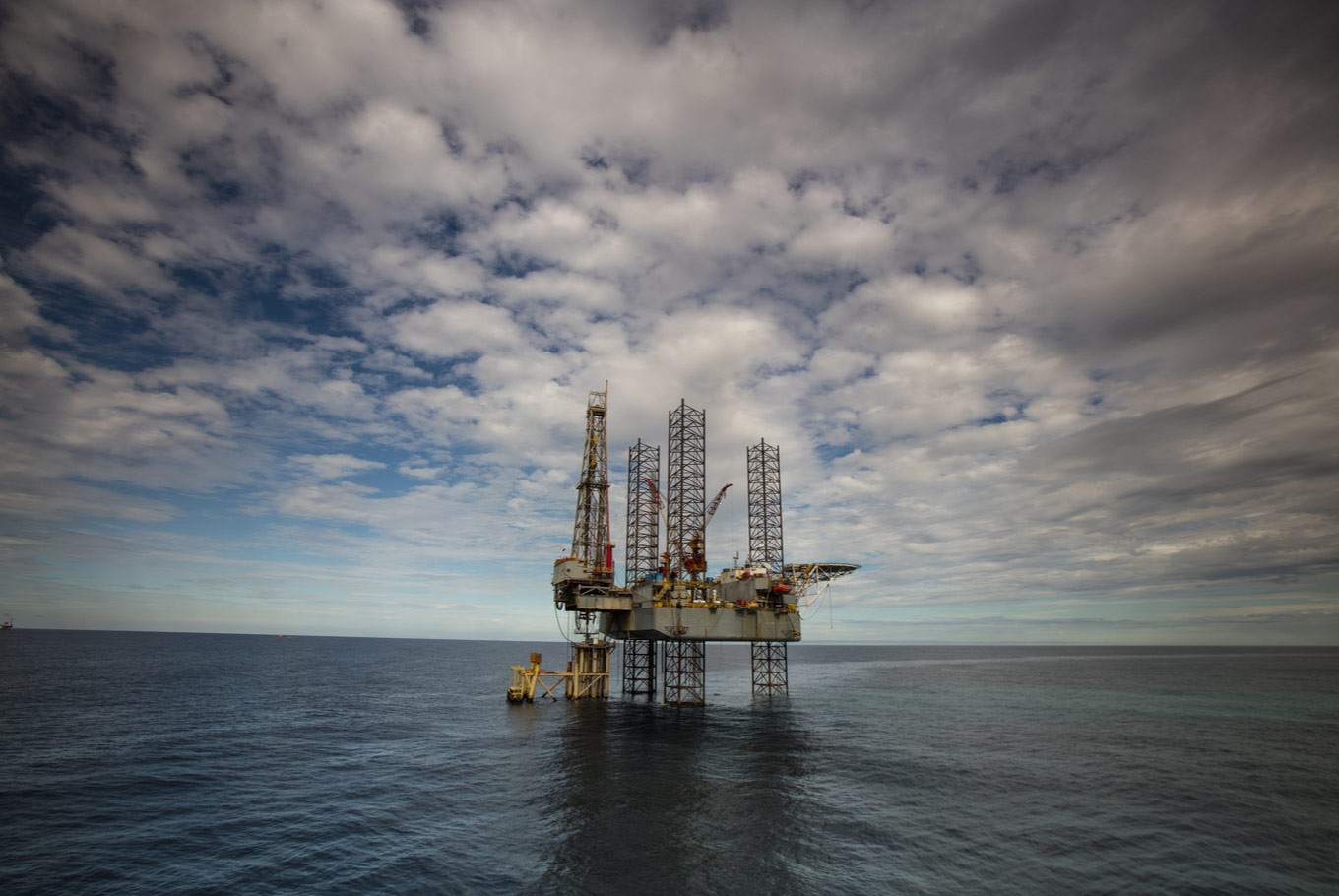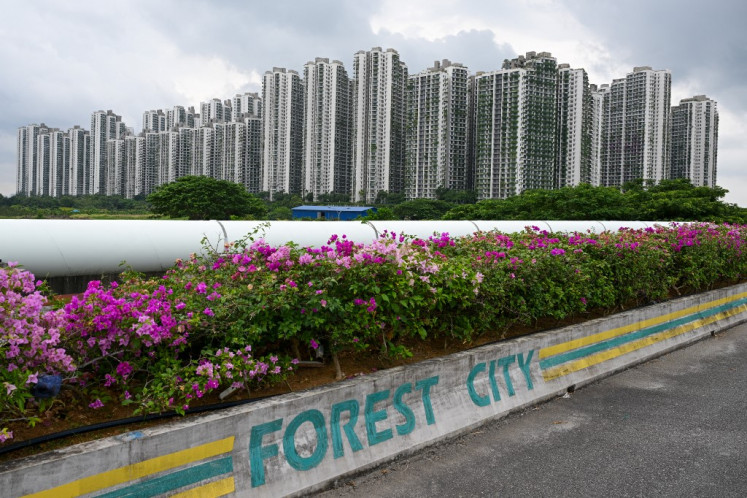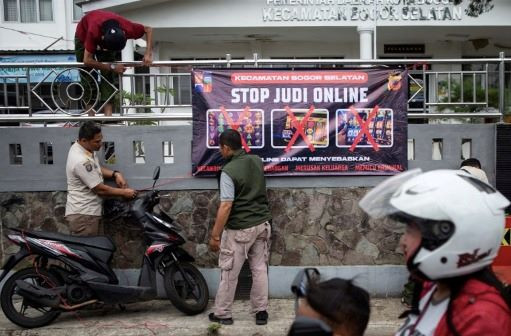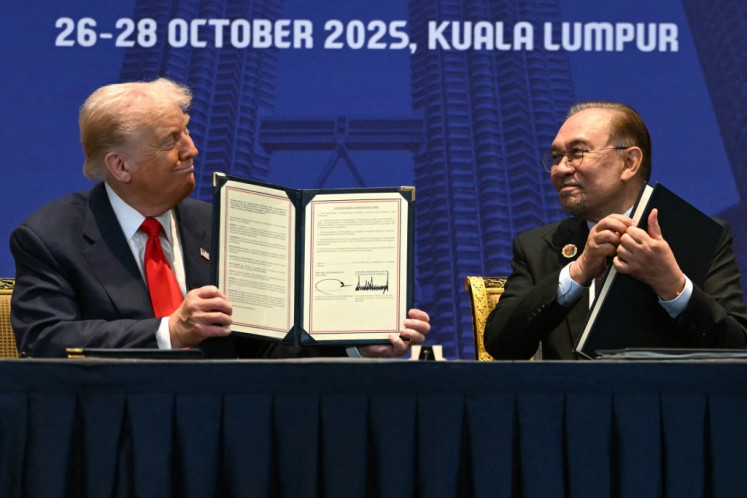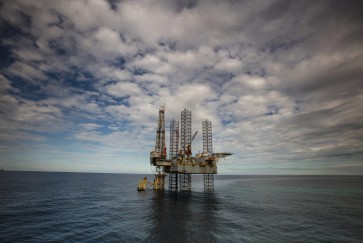Popular Reads
Top Results
Can't find what you're looking for?
View all search resultsPopular Reads
Top Results
Can't find what you're looking for?
View all search resultsFighting militarization of South China Sea
Given the potential danger of the situation, what can ASEAN do?
Change text size
Gift Premium Articles
to Anyone
T
he time has come for the 10 leaders of the 50-year-old ASEAN to unite on the issue of a legally binding code of conduct (CoC) over the South China Sea, and strongly oppose the militarization of the disputed area.
ASEAN leaders are scheduled to meet in Clark, the Philippines, for the 31st ASEAN Summit and related meetings on Nov. 13 to 15.
More than 600 million people in Southeast Asia are eagerly waiting for the possible outcome of the ASEAN Summit on contentious issues like the South China Sea, ASEAN unity, terrorism, North Korea and Regional Comprehensive Economic Partnership (RCEP) trade talks and climate change.
ASEAN member states like Vietnam, the Philippines, Malaysia and Brunei have overlapping claims with China and Taiwan to certain parts of the South China Sea, which has a maritime area of 3.5 million square kilometers.
But China claims more than 80 percent of the resource-rich South China Sea based on socalled “historical grounds,” as well as a controversial cow-tongueshaped “nine-dash” demarcation line. This line, the mother of all conflicts and controversies, also encroaches into a part of Indonesia’s Natuna maritime area, though the archipelagic state is not a claimant in the dispute.
Among all the issues that ASEAN is currently facing, the South China Sea is an important one that of late has become the single biggest threat to ASEAN unity, peace and stability due to China’s assertiveness and militarization of the area.
Using “coercive” methods, China — which is determined to take more than 80 percent of the South China Sea maritime area by any means, including military action — has built numerous artificial islands through reclamation in recent years.

